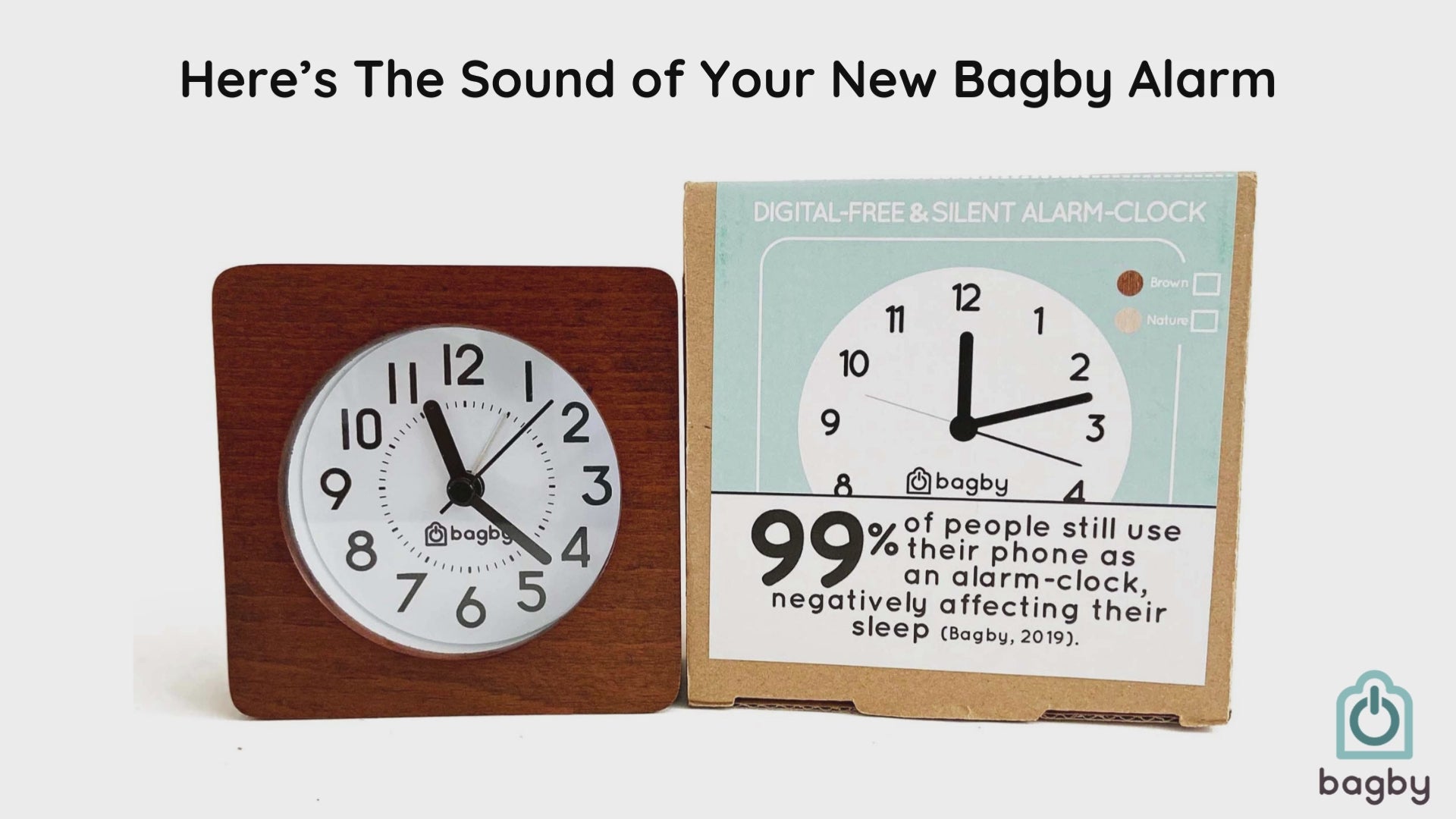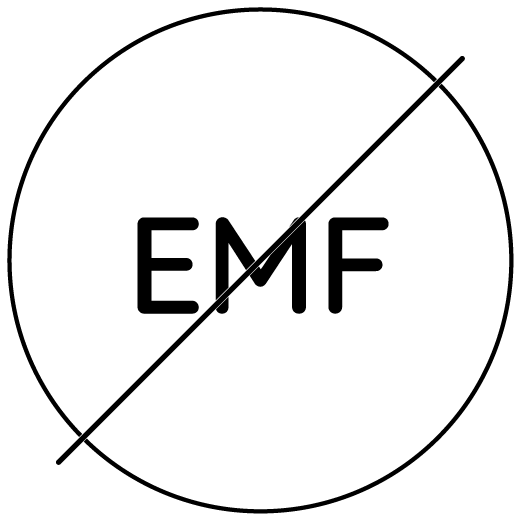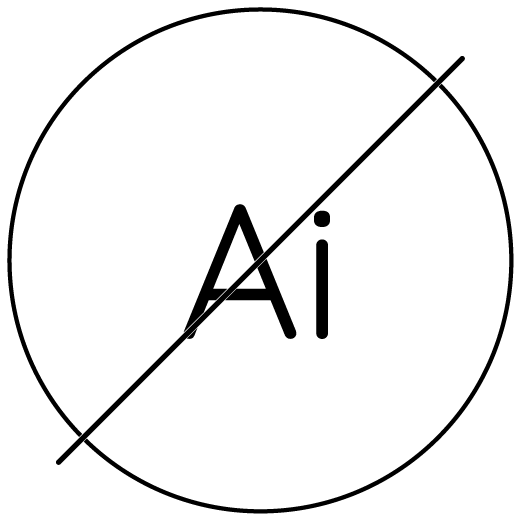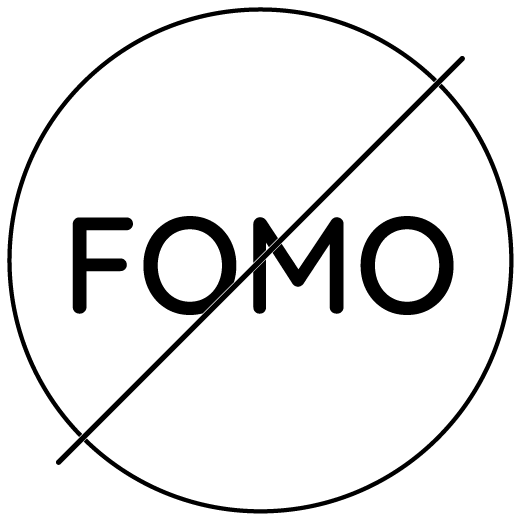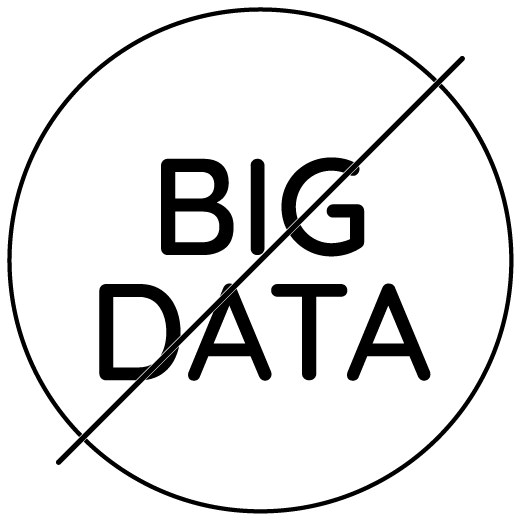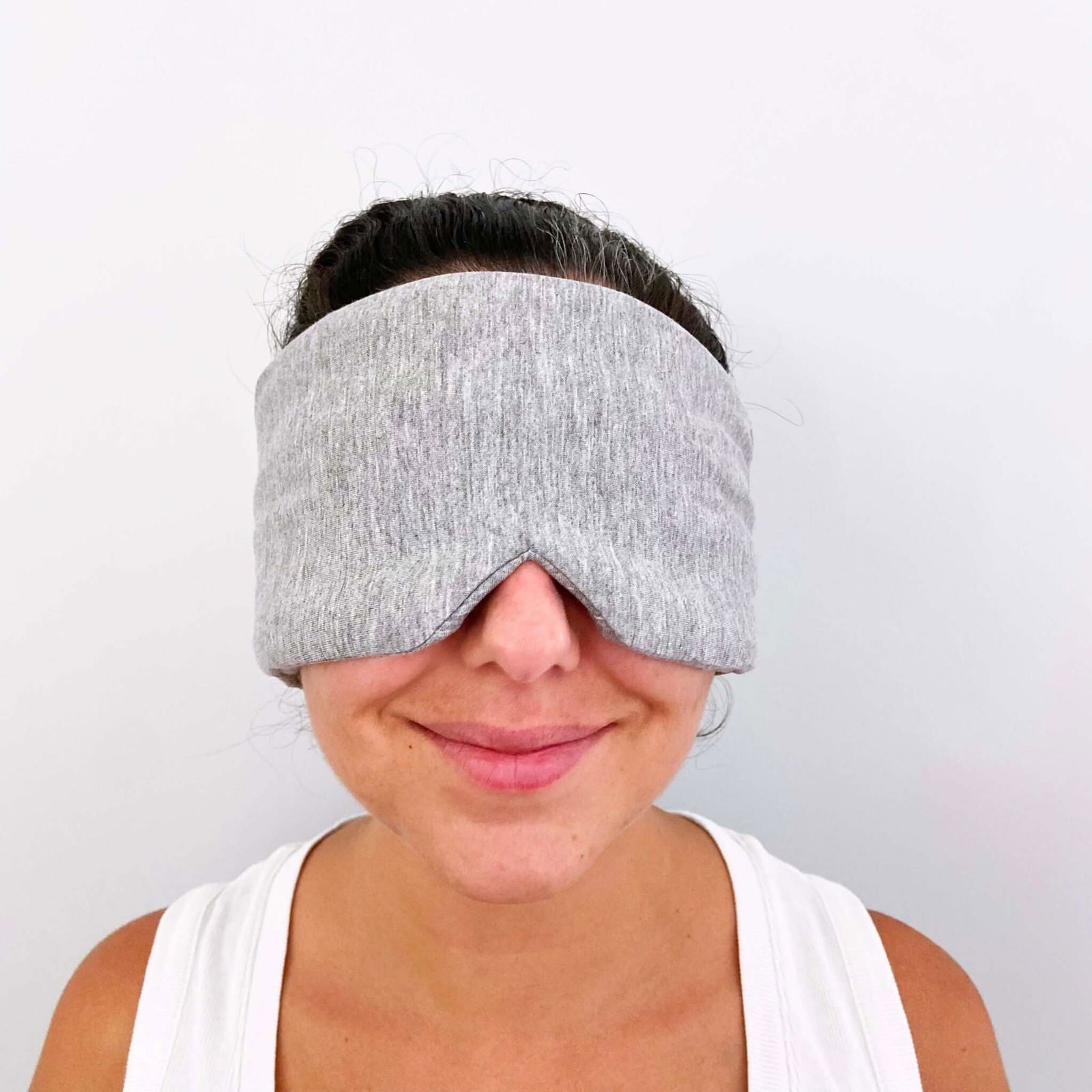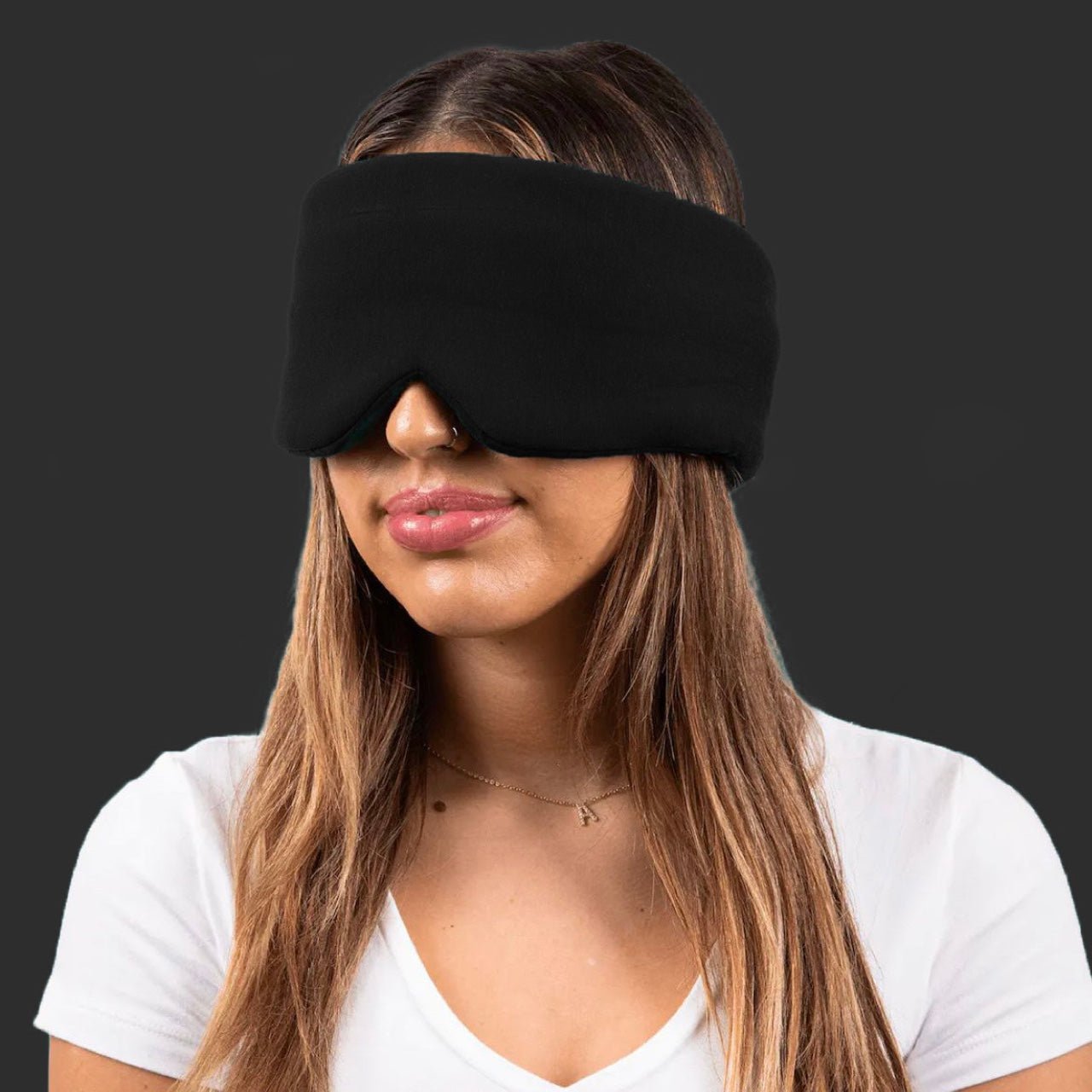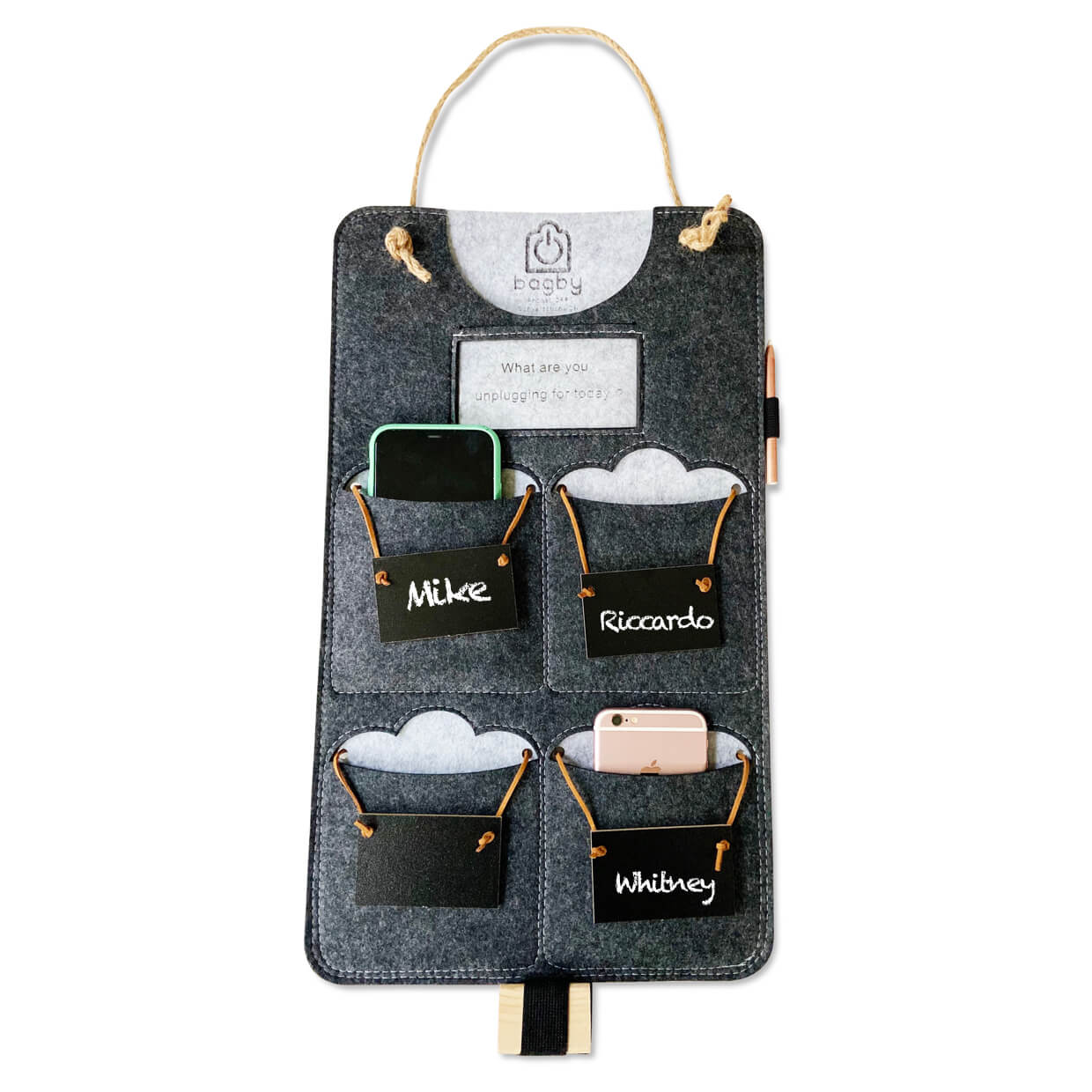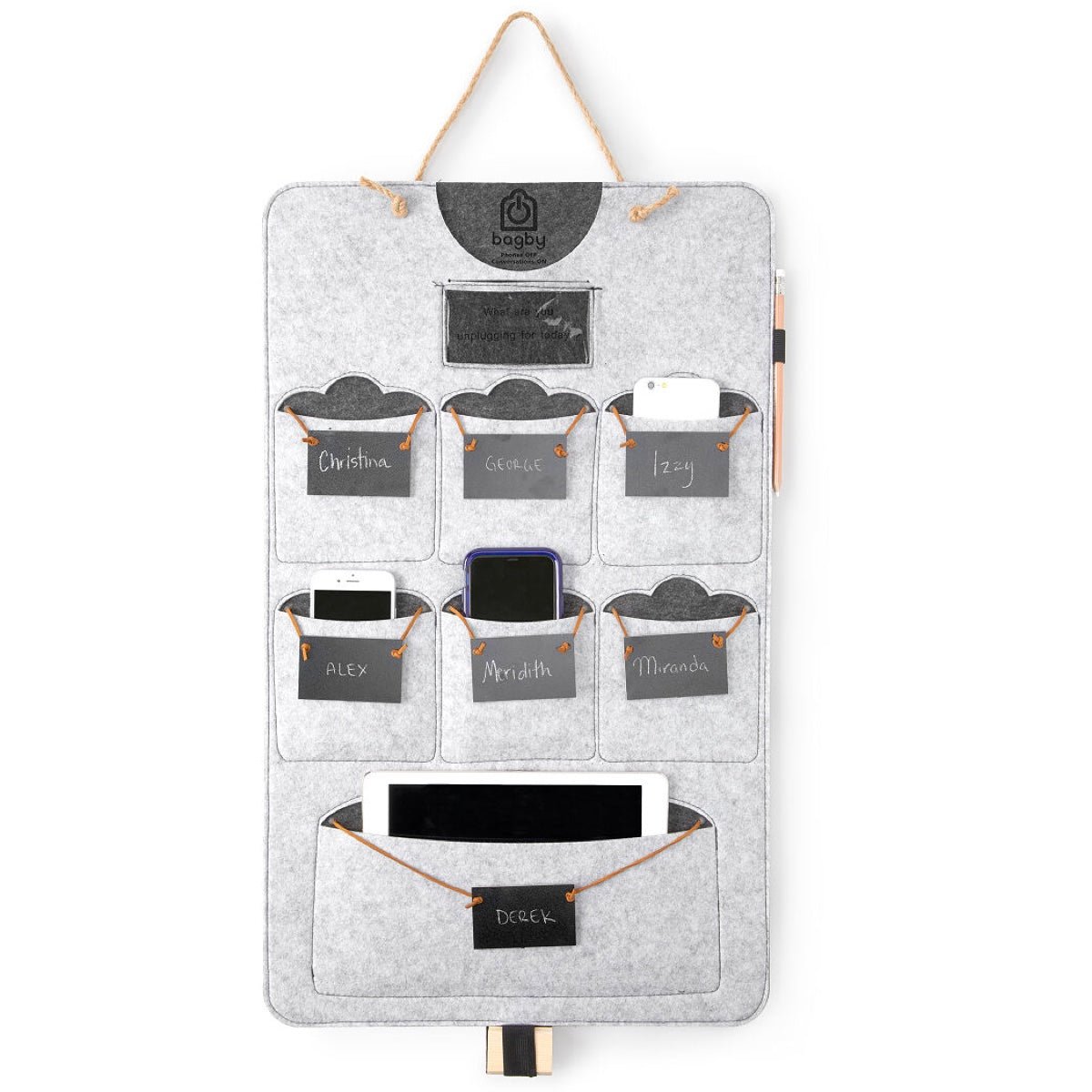BRIEF HISTORY OF ALARM CLOCKS
For centuries, humanity has relied on alarm clocks to jumpstart their day—from roosters to church bells to knocker-uppers (a profession tasked with knocking on workers’ doors with a baton to wake them for work). Here’s a brief look at the history of the alarm clock:
- Plato inspired the alarm clock. One of the earliest conceptions of an alarm clock came from the Greek philosopher Plato, who added a pump to a water clock’s base, which, once filled, would emit a loud whistle like a tea kettle, helping him to get to his daily lectures on time. Plato’s water alarm clock concept was an early inspiration for later versions of the mechanical clock.
- Hutch invents the standard alarm clock. By 1787, American clockmaker Levi Hutchins had invented a standard alarm clock, which did not give the option to set time. Hutchins’s clock was designed to ring once every day at exactly four in the morning, the time he had to wake up to get to work on time.
- The radio alarm clock is invented. While the exact origins of the radio alarm clock are unknown, James F. Reynolds and Paul L. Schroth Jr. are widely believed to have helped incorporate radio functionality into its design in the 1940s. The snooze function would follow nearly a little more than a decade later.

WHAT IS AN ANALOG CLOCK?
While (unfortunately) digital alarm clocks are much more common these days than their analog forefathers, the analog clocks still have a place in the market, and are still used by those who fear power outages, the harm of blue light or unreliability in their digital clock. These are the granddaddy of alarm clocks. Analog alarm clocks date clear back to the 1500s, although they were not patented and put into widespread use until the late 19th century.
Most analog alarm clocks feature a couple of metal bells at the top, and a small hammer between them, which strikes the bells to produce the sound which wakens the sleeper. Because of the acoustic properties of the alarm, most analog alarm clocks are louder than their digital counterparts, making them ideal for the deep sleeper.
MYTH 1 ON ANALOG CLOCKS
"Analog clocks have annoying alarm sounds (metal bells)."
Our analog clocks come with a GENTLE alarm sound to help you wake up with a better mood. And by the way, they don't have any metal bells or small hammer.
HOW DO ANALOG CLOCKS WORK?
Inside the analog alarm clock are a series of gears, powered by battery or wall electricity. These gears move the hands of the clock about, using an oscillating wheel to keep the time consistent. On the alarm clock will be an extra hand, typically shorter than the hour hand of the clock.

Types of alarm clocks.
Alarm clocks come in analog and digital forms and there are many options available. Generally, we can find up to 6 types.
Whether you’re a heavy sleeper or just need an alarm to wake you up every morning, a traditional / analog alarm clock is often the best option.
1. Analog
A traditional analog alarm clock uses a mechanical gear system that is powered by a battery or cable.
PROS:
Old looking
Very Practical
EMF safe
Ideal for traveling, especially those battery operated.
CONS:
Those with Step movement make ticking noises. Always look for Sweep movement.
No AM / PM difference.
2. Wind-up
A traditional analog alarm clock uses a mechanical gear system, setting off a small hammer to move between two bells at a specified time. These clocks are usually wind-up and don’t rely on batteries for power.
PROS:
Old looking
EMF safe
CONS:
Not practical
Must wind-up
Bell type alarm
3. Clock radio
A clock radio is a device that integrates an alarm clock and a radio receiver. Rather than use a system of gears with bells, the radio will sound at the desired waking time. Early clock radios only contained AM stations, while later versions included FM radio stations. Today, modern clock radios are mostly digital and function mainly as clocks with alarm options.
PROS:
You can wake up with music
EMF medium
CONS:
Dimensions are large
Not good for traveling
4. Novelty clock:
Novelty alarm clocks function as regular alarm clocks but are shaped like different objects (like bananas or hamburgers) or play a number of silly sounds.
PROS:
They can be fun
CONS:
Design is often flimsy
Look fatigue
5. Digital:
A digital alarm clock displays the time digitally using electronic components instead of using hands, springs, and gears. Instead of the oscillating wheel, the digital clock uses an electronic time-base that counts off the seconds
PROS:
Easy to use
CONS:
Annoying lights
Not old looking
Low durability
High EMF
Harmful Blue Light
6. Smart / Paired with Phone
A wireless clock connected to the Internet for time and information. Smart clocks may function as a virtual assistant or offer only a small number of functions beyond time of day.
PROS:
Extra functionality beyond waking up
CONS:
Not old looking
Tend to be complex to use due to all the additional functionality
High EMF
Harmful Blue Light
Data Privacy / Sharing
Paired with your phone which defeats the purpose of sleeping away from your phone
Types of analog alarm clock mechanisms.
When it comes to traditional / analog clocks, we can find three types of movement. Click to see more details.
1. Quartz
The movement causes the second hand to move (traditionally in individual ticks but no necessarily today). Powered by a battery.
2. Mechanical
The movement will cause the second hand to move in a smooth sweeping motion. The watch requires manual winding to operate.
3. Automatic
Kinetic energy from the wearer's wrist is transferred automatically to drive the mechanism inside the watch.
Types Quartz movements.
History and evolution of time keeping technology is fascinating. Sweeping second hand movements are mesmerizing to look at and have always been associated with mechanical watches. It would seem unnatural for a Quartz watch to have a sweeping hand.
However, this challenge, did intrigue many watch makers in 70s. Especially engineers at Seiko where it introduced the first Quartz watch in late 60s. The result is a series of finely crafted masterpieces that combine Quartz technology with the smooth passage of time - denoted by a sweeping second hand.
So, although traditionally Quartz movement (the movement causes the second hand to move in individual ticks and it's powered by a battery) had always a step movement (ticking noise), today Quartz mechanism can be silent.
1. "Step" Movement
The movement causes the second hand to move in individual ticks.
2. "Sweep" Movement
The movement moves the second hand in a smooth, continuous motion. This continuous motion eliminates the ticking sound traditional clock motors make.
MYTH 2 ON ANALOG CLOCKS
"Analog clocks make ticking noises."
Our analog clocks are fully SILENT because they use a SWEEP movement.The movement moves the second hand in a smooth, continuous motion. This continuous motion eliminates the ticking sound traditional clock motors make.
WHY SHOULD I REPLACE MY PHONE FOR AN ANALOG CLOCK?
Let's be honest; phones are great during the day but it's bad for your sleeping habits to use your phone as an alarm clock. Most obviously, it’s been well documented that the cool, bright light of a smartphone screen makes it much harder to go to sleep; it stands to reason that if you’re using your phone as an alarm clock you’re much more likely to be using it before bed. But there are also so-called “sleep hygiene” reasons to keep your phone out of your bedroom: the stimulation of flicking through your phone — and of keeping emails from your boss only an arm’s length away all night — is only going to make it harder to relax yourself enough to sleep.Several studies have shown how sleeping next to our phones affect negatively our sleep.
WHY SHOULD I REPLACE MY PHONE FOR AN ANALOG CLOCK?
Let's be honest; phones are great during the day but it's bad for your sleeping habits to use your phone as an alarm clock. Most obviously, it’s been well documented that the cool, bright light of a smartphone screen makes it much harder to go to sleep; it stands to reason that if you’re using your phone as an alarm clock you’re much more likely to be using it before bed. But there are also so-called “sleep hygiene” reasons to keep your phone out of your bedroom: the stimulation of flicking through your phone — and of keeping emails from your boss only an arm’s length away all night — is only going to make it harder to relax yourself enough to sleep.Several studies have shown how sleeping next to our phones affect negatively our sleep.
Simon Sinek
This interview went viral back in 2018 and sparked Simon Sinek popularity forever. He recommended everybody to buy an alarm clock and remove their phone from the bedroom.
A Phone-Free Bedroom Challenge
We launched our company on Kicstarter after doing a couple's phone-free challenge.
Check StoryWHY AN ANALOG CLOCK IS A BETTER OPTION THAN A DIGITAL CLOCK? ANALOG VS DIGITAL CLOCK
Unfortunately the digital world is taking over the real world. Most people are relying on digital (even smart) devices to control their lives. However and despite some advantages (easier to read, enhanced features, etc.) we believe analog products are a better option.
Analog clocks are also useful in teaching children to read time, as they provide a visual representation of how time moves.

1- The harm of blue light
Analog alarm clocks are digital-free and don't have any blue light coming from the dial so that you fall asleep faster, sleep deeper and wake up in a better mood.
Read More
2- EMF radiation
According to the World Health Organization’s International Agency for Research on Cancer (IARC), EMFs are “possibly carcinogenic to humans".
Another study found a link between EMF exposure and negative effects on sleep and mood, fatigue, lack of concentration, headaches, anxiety and depression.

3- Fear to fallen asleep in case of power outages
Our analog clocks are battery operated (no cable) so you don't have to worry about falling asleep in case of power outages. Also, you can carry and use it anywhere.
Read More
4- No annoying lights (or ticking noise)
Digital alarm clocks feature lights that often bother and affect negatively your sleep. The best option is a digital-free (analog) clock with a night light button that is easily reachable so that you can use it only when you needed.
READ MOREWhat's your style? Classic or Minimalist?
MYTH 3 ON ANALOG CLOCKS
"Analog clocks are not sustainably-made and mostly made of steel and plastic."
Our analog clocks are mainly made of real wood and don't use any Volatile Organic Compounds (VOC).
HOW TO TELL TIME IN ANALOG ALARM CLOCKS - FOLLOW THE 3 KEY RULE
An analog clock is a timekeeping device with numbers around the edge with hands that rotate around to indicate the time. To tell time on an analog clock, you look at where the hands are pointing. The short hand tells you the hour, the long hand tells you the minute of the current hour. If there is a third thinnest hand, it indicates the seconds of the current minute and it's in continuous motion.
THE 3 KEY RULE TO READ ANALOG CLOCKS
1- A clock is divided into 12 sections.On top of the clock, you will see a "12." To the right of the "12," you will see a "1." If you follow the numbers, going right or "clockwise," they will move from "1" to "12."
The numbers marking each sections are the hours. The sections between numbers are divided into 5-minute segments (total of 60 minutes). Sometimes, there are tiny lines running along the clock dividing these segments. There is no AM / PM differentiation.
2- Short hand for hours, Long hand for minutes.
3- If the short (hour) hand is between two numbers (eg 3 and 4),you always take the first number (3).

Below there is an exact replica of the dial of our analog clocks. The first thing you have to understand is that you have 12 big numbers = 12 hours and 5 minutes each (60minutes in total).
The smaller marks in the dial will help you tell minutes when the minute hand is between numbers or larger marks.
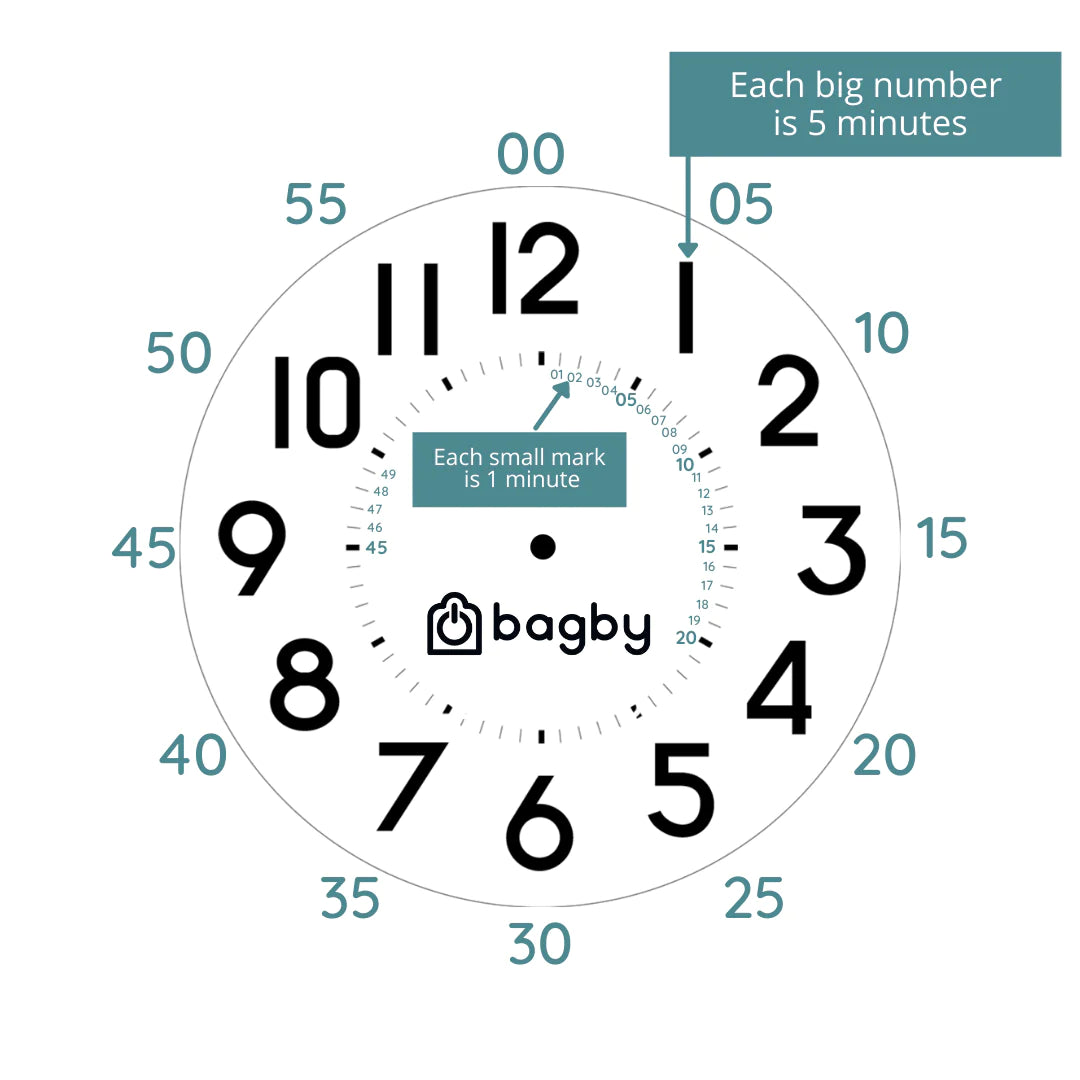
MYTH 4 ON ANALOG CLOCKS
"Analog clocks are less reliable than their fellow digital".
There are analog clocks near 300 years old which are still ticking. Digital clocks haven't been around long enough to demonstrate similar reliability. Did you know the oldest clock on Earth is located in Prague?






